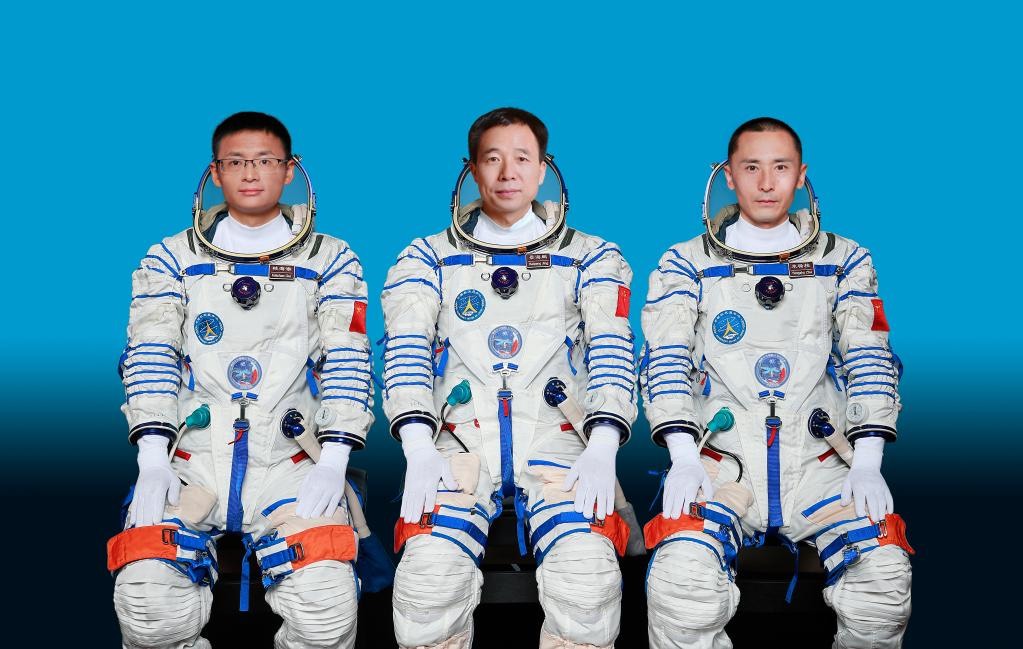The China Manned Space Agency (CMSA) is poised to launch three astronauts to the Tiangong space station on Thursday. The crewed spaceship, Shenzhou-18, is scheduled to lift off at 6:29 pm IST.
This mission marks China’s 13th crewed journey into space, symbolizing over two decades of Chinese human spaceflight achievements. Notably, half of these missions have involved visits to China’s domestically developed space station, Tiangong, which translates to “Celestial Palace” in Chinese.
The upcoming Shenzhou-18 mission to the space station will be headed by Ye Guangfu, who is 43 years old.
Ye will be joined on the Chinese flying laboratory by Li Cong and Li Guangsu, both of whom are part of the third-batch taikonauts (Chinese astronauts). The Shenzhou-18 mission will mark their first flight mission.
China initiated its space exploration efforts with the launch of its first uncrewed spacecraft, Shenzhou-1, in November 1999. This was followed by three more unmanned flights before Yang Liwei became the first Chinese national to venture into space on Shenzhou-5.
The forthcoming mission, which involves the Shenzhou-18 crew and Tianzhou-8 cargo ship, signifies another significant stride in China’s space exploration pursuits. Scheduled to rendezvous with the Shenzhou-19 crewed spaceship, this mission plays a vital role in advancing scientific research and operational capabilities aboard the space station.
Under the leadership of Lin Xiqiang, deputy director of the China Manned Space Agency (CMSA), the Shenzhou-18 crew is embarking on a multifaceted mission encompassing a wide range of tasks. These include conducting space science experiments, extravehicular activities (EVAs), cargo transportation, and space debris mitigation efforts.
A key focus of the mission involves multiple spacewalks to install protective reinforcements for critical equipment and facilitate the delivery of essential cargo through the station’s airlock module.
With a comprehensive plan comprising over 90 experiments spanning various fields such as physics, material science, and life sciences, the crew aims to deepen our understanding of microgravity phenomena and drive technological advancements.
An innovative aspect of the mission is the launch of China’s first in-orbit aquatic ecological research program. This initiative aims to establish a self-sustaining aquatic ecosystem in space using zebrafish and goldfish algae. By pioneering vertebrate breeding in space, this program pushes the boundaries of scientific exploration and lays the groundwork for future space habitats.
Furthermore, the crew will conduct the world’s first in-orbit study on plant tip stem cells, investigating the mechanisms of plant evolutionary adaptation to gravity. This research holds significant implications for advancing our knowledge of plant biology and cultivation techniques in space, with the potential to enable sustainable space agriculture and support long-duration space missions.











More Stories
Scientists ‘Resurrect’ Extinct Dire Wolves Using Gene Editing
‘China’s Hawaii’ Hit by the Strongest Typhoon in a Decade
A dinosaur skeleton sets a new auction record, selling for $44.6 million